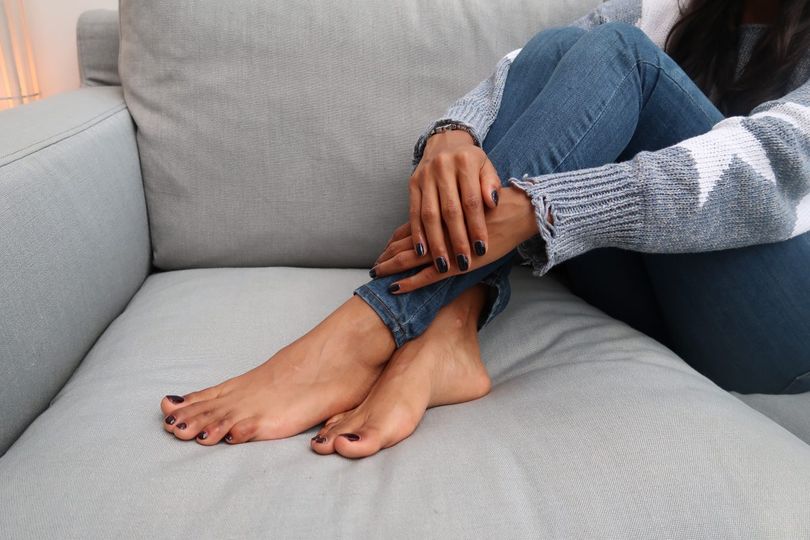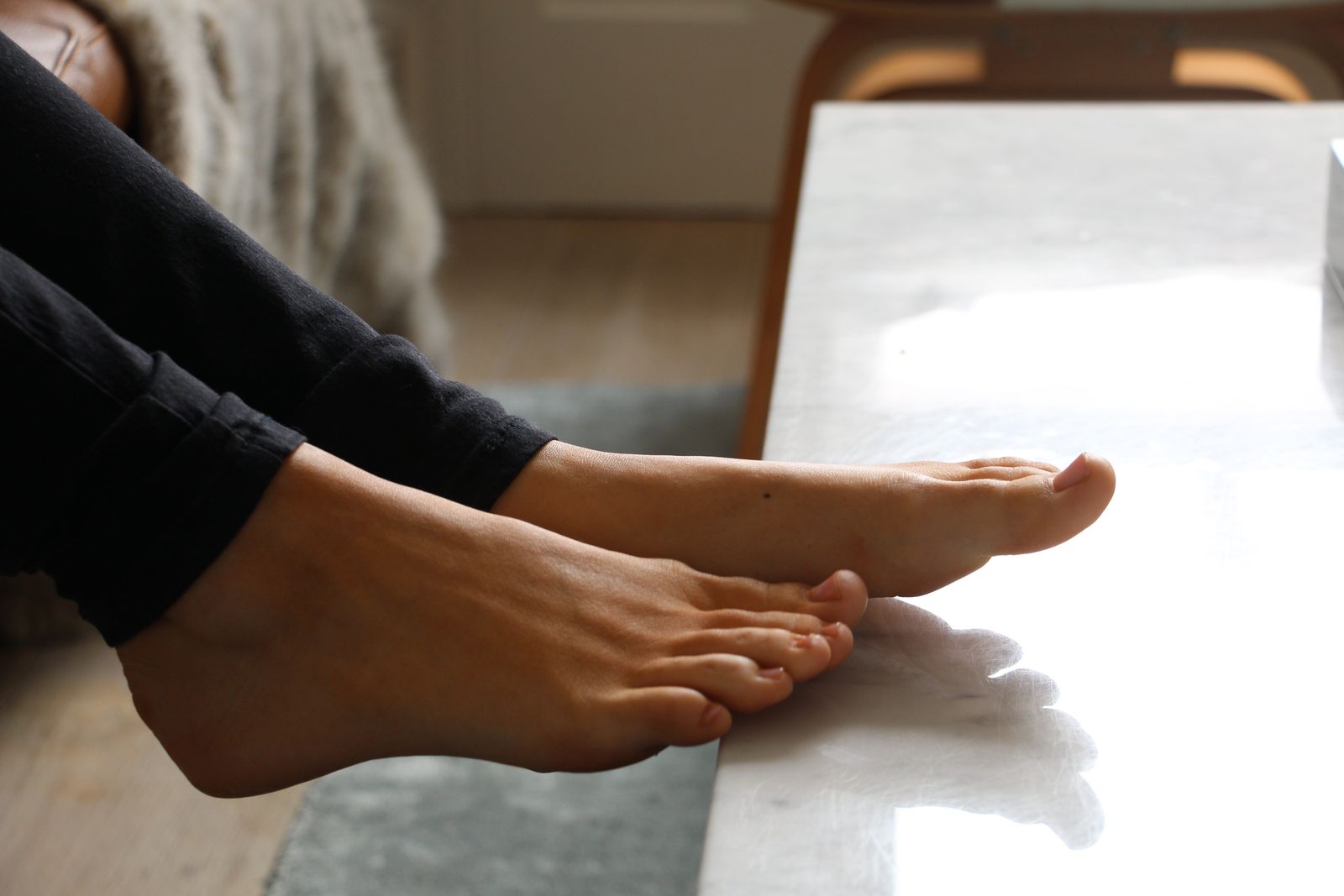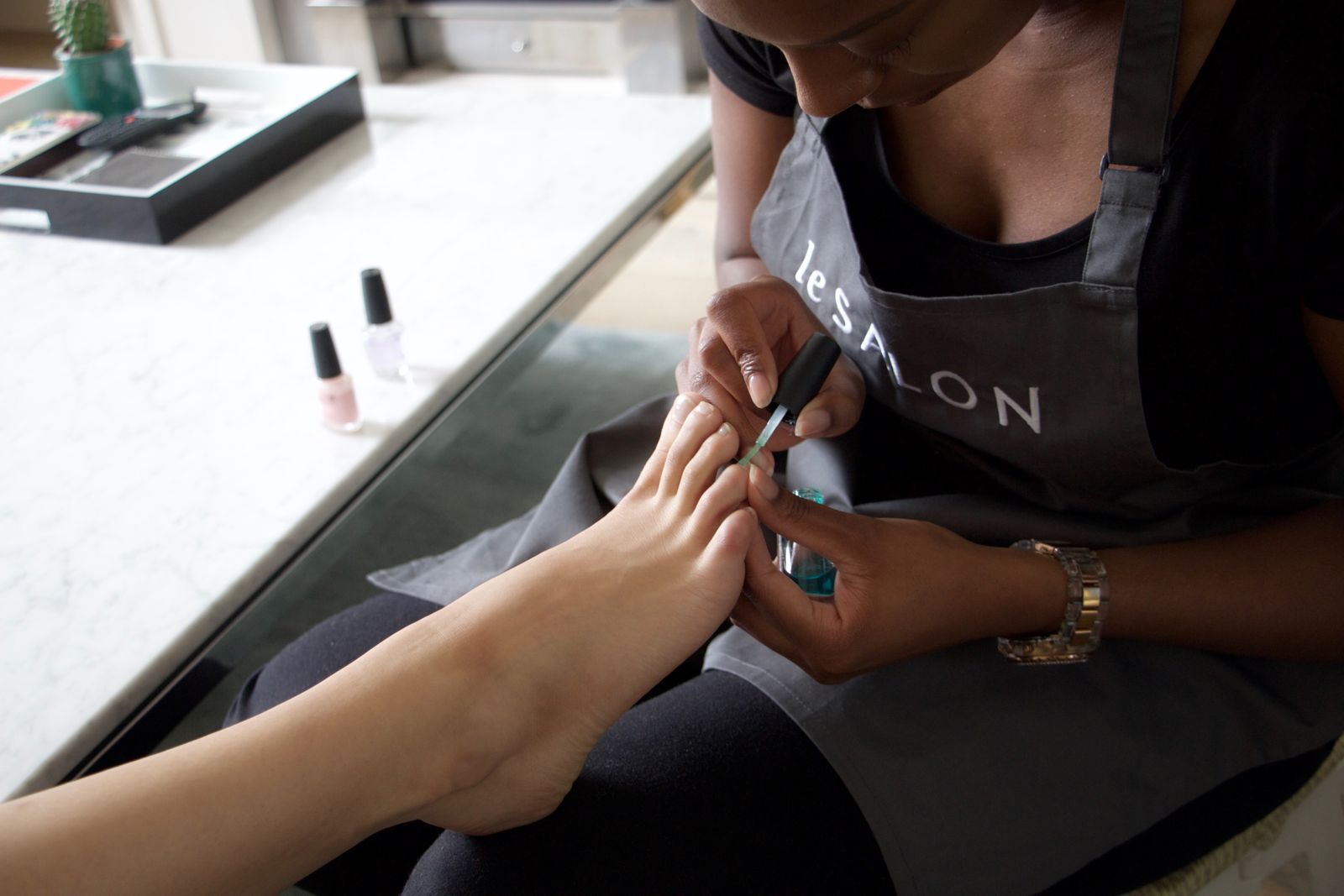Ingrown Toenails: Everything You Need To Know
By Grace Lindsay, October 23 2019

Ingrown toenails, a topic not talked about enough in our opinion. They are a taboo subject in society, but we thought we would break the silence. I mean c’mon, it’s only a toenail right?
We are addressing the questions we know you want the answers to, so take a read, then if you do ever encounter such a thing, you’ll know exactly what to do. LeSalon to the rescue!

You might be wondering what exactly an ingrown toenail is. Essentially, it’s where the edge of the nail starts to curl into the skin. When the nail does this, it pierces the skin causing pain and inflammation. If left, it can become serious, so it’s important to clue yourself up on all things toenail related, in order to stop this from happening.
What are the symptoms?
Most of the time, people won’t actually know that they have an ingrown toenail. This is because an ingrown toenail can cause a lot of pain and swelling in your toe, so people often think this is related to something else. If you are experiencing pain in your toe, along with tenderness and redness, it is most likely due to the nail. If this has been going on for a while, and the redness seems to be spreading or pus has started to appear, it’s best to go see a doctor, as this is a sign of an ingrown toenail that has been left untreated for too long.
What causes them?
There are a few things that could cause an ingrown toenail. Some of the most common causes are wearing shoes that are too tight, cutting your toenails too short or experiencing an injury on your toe. Other, slighter more rare causes can be if your toenails start to grow in a curved shape, or if the skin around your toenails is soft, as it is easier for the nails to pierce the skin.
How can I remove them?
In order to get rid of an ingrown toenail, it’s important to take care of your feet. This includes washing your feet regularly, changing your socks, wearing comfortable shoes, cutting your toenails in a straight line to stop them from growing into the skin and gently pushing the skin back away from the nail. If your ingrown toenail is not getting better, it may need surgery. The procedure involves an anaesthetic being used to numb your toe, and then the edges of your toenail are cut away. A chemical is used to prevent the nail from growing back.
How can I prevent them?
In order to prevent an ingrown toenail, or to keep one from coming back, it’s essential that you take your tootsies seriously and give them all the TLC they need (and deserve). Cutting your toenails in a straight line really is important, book a pedicure with us in order to make sure your toenails are in tip top shape. Wash and moisturise your feet, and remove any dead skin with a foot file.

Read more about how to care for your feet over on our blog.


